
Porto Garrafeira is a rare and distinctive style of Port wine created in the late 19th century by the Niepoort family of Port winemakers. Port wine varieties, including the renowned red port wine, showcase a rich tapestry of grape varieties and styles, from red, white, and rosé to Ruby, Tawny, and Vintage, each with its unique production process, aging, flavours, and classifications, highlighting the diversity and significance of Port wines.
In this in-depth exploration, we’ll uncover the essence of one of the most unique port wine styles, its unique aging process that combines oxidative and reductive stages to craft a wine like no other, the sensory profile of these wines, characterized by an enticing blend of mature and fresh fruit notes complemented by subtle hints of spice and wood.
We will also delve into pairing Porto Garrafeira with different foods, offering tips to enhance the wine and your meal. Learn the essentials of serving and storing this exquisite wine to maintain its distinctive qualities. In addition, we will talk about the region where this wine is produced, the Douro Valley, and how the local climate influences its character.
Choosing a good bottle of Porto Garrafeira can be an adventure in itself, and we’ll provide guidelines to help you select the bottle that fits your taste and the occasion. Finally, we’ll compare Porto Garrafeira to its cousin, Tawny Port, highlighting the similarities and differences that make each stand out in the world of Portuguese wines.
There are many styles of Port wine, from red Port to ruby port, crusted Port, or white Port. Well, Porto Garrafeira is not like any of them. It's a unique style of fortified wine characterized by an aging process that distinguishes it from other Port wines.
Porto Garrafeira is known for its smooth and delicate profile, retaining its freshness even after extended aging. It is often described as a cross between a Colheita and a mature Vintage Port, reflecting both the fresh fruit flavours and the complex, aged characteristics typically associated with longer-aged Ports.
This wine is notable not just for its flavour but also for its rarity. Currently, there are not many wine estates that produce this wine. The only one is the Niepoort family, which leverages its historical collection of glass demijohns for aging. The Instituto do Vinho do Porto (IVDP) officially recognized Porto Garrafeira in 2021, which enshrined its production methods and standards into Port wine law.
The unique combination of oxidative and reductive aging processes and the lengthy maturation period makes Porto Garrafeira a great example of the combination of tradition and innovation in winemaking, offering wine enthusiasts a memorable tasting experience.
Porto Garrafeira is a distinctive style of Port wine pioneered in the late 19th century. The key to its unique character is the extended aging process, which combines both oxidative and reductive maturation.
First, the wine is aged for a minimum of 4-8 years in traditional wooden casks. This oxidative aging allows the wine to develop complex, mature flavours and aromas.
After this initial wood aging, the wine is then transferred to large glass demijohns, known as "bonbons", where it undergoes further maturation for at least 15 years. This reductive aging in the sealed glass containers is thought to impart a special "cheiro da garrafa" or "smell/savour/essence of the bottle" derived from its prolonged contact with the glass and is highly prized by Port enthusiasts.

The combination of extended oxidative and reductive aging results in an exceptionally complex Port wine with a seamless balance of fresh and mature fruit character. The IVDP notes that Porto Garrafeira displays "a great combination of sensations, aromas and flavours, " including fresh red fruits, spices, chocolate, dried fruit, and cigar box notes.
Porto Garrafeira offers a unique sensory experience shaped by its distinctive aging process. Its profile combines visual, aromatic, and flavour elements to create an engaging wine-tasting experience.
Porto Garrafeira has a distinctive visual hue, unlike rosé port wines or white Port. It usually shows a rich, amber colour with a clarity that reflects its age and the glass aging stage. The body of the wine is very smooth due to the extended aging in both wood and glass, which polishes its texture while maintaining a robust structure.
The aromatic profile of this wine is complex and layered, revealing:

Porto Garrafeira's palate is equally complex and evolves beautifully from the initial sip to the finish:

Through its visual, aromatic, and taste profile, Porto Garrafeira provides a multifaceted sensory experience that highlights the art of Portuguese winemaking and the unique aging process that defines this unique style of Port wine.
Porto Garrafeira wines, with their unique blend of aromatic and flavour notes, are not just table wine. Therefore, it is necessary to understand which dishes go best with this amazing wine. Here are some of the best food pairings that will enhance your experience when drinking Porto Garrafeira:

Each of these pairings considers the balance of flavours, ensuring that the food complements the wine without overpowering it.
The Douro Valley, nestled in northern Portugal, is the oldest demarcated wine region in the world and the birthplace of the exquisite Porto Garrafeira wines. This region's unique combination of natural landscape and human intervention has created perfect conditions for wine production.
The climate across the Douro Valley's subregions plays a key role in shaping the characteristics of Porto Garrafeira wines:

The Douro Valley's steep terraces and the hard schistous soil force the vines to dig deep for water, stressing them in a way that produces small, dense fruit packed with flavour. This challenging environment, coupled with the diverse climates of each subregion, gives Porto Garrafeira wines their unique profile.
Adhering to specific serving and storage tips is essential to fully and properly preserve Porto Garrafeira wines, given their unique aging and flavour profiles.

Adhering to these guidelines will help maintain the quality and enhance the enjoyment of Porto Garrafeira wines, allowing for a better appreciation of their unique characteristics.
Porto Garrafeira and Tawny Port are both prestigious styles of Port wine, each offering a unique tasting experience. Despite some commonalities in production and flavour, they possess distinct characteristics.
By understanding these similarities and differences, enthusiasts can better appreciate the distinct qualities each style brings to the palate and possibly discover a new favourite in the diverse world of Port wines.
Porto Garrafeira, with its storied tradition and meticulous aging process, stands as a unique gem within the world of fortified wines.
This unique style of Port, crafted through both oxidative and reductive aging, showcases a mesmerizing blend of freshness and complexity. This dual aging process imparts a distinctive character that is difficult to find in other wines.
Whether you're a seasoned connoisseur or a curious newcomer, exploring Porto Garrafeira offers an enriching taste experience, highlighting the artistry and heritage of Portuguese winemaking.
As we've journeyed through the nuances of Porto Garrafeira, from its sensory profile to its ideal pairings, it's clear this wine is not just consumed; it's experienced.

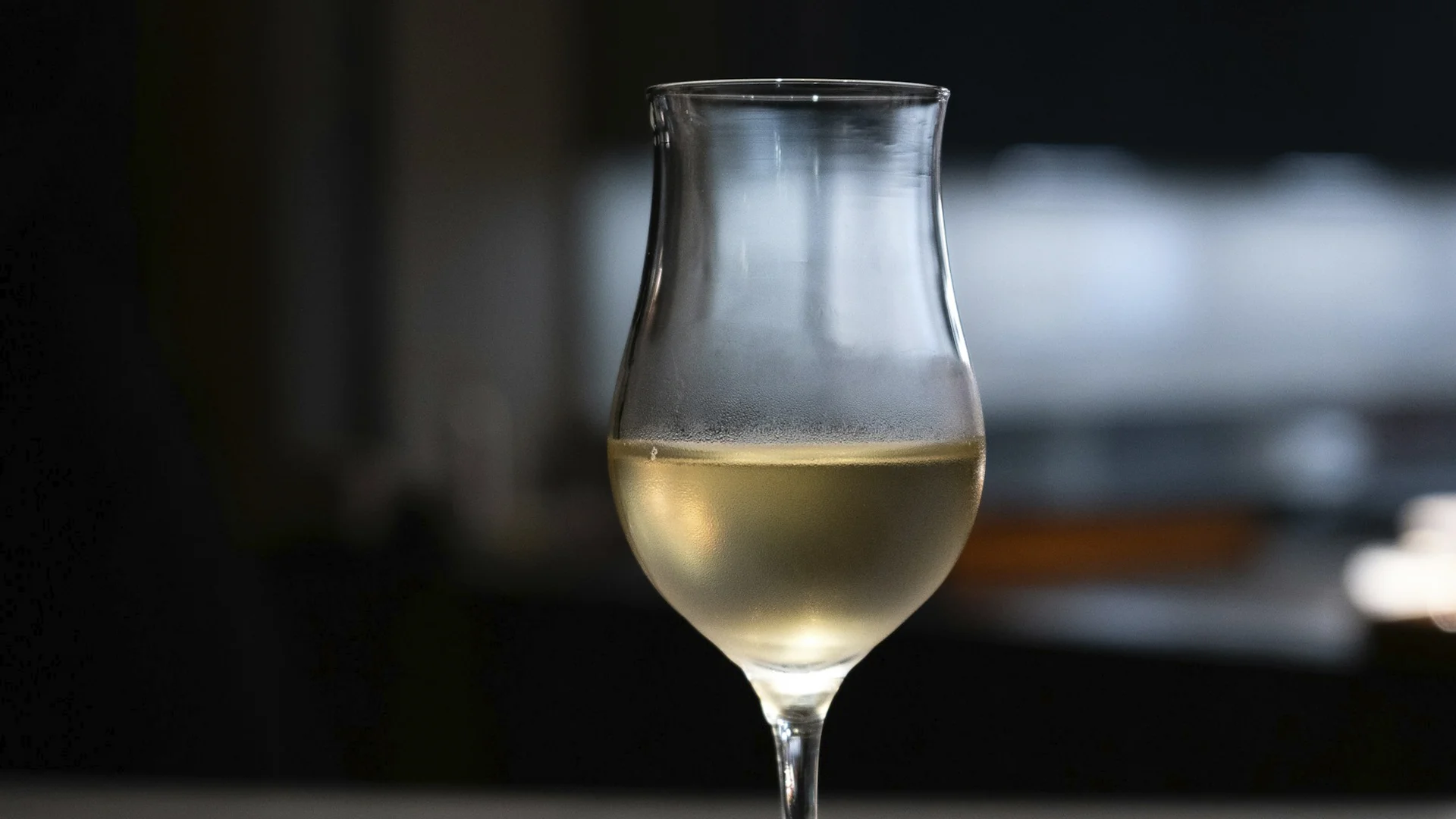
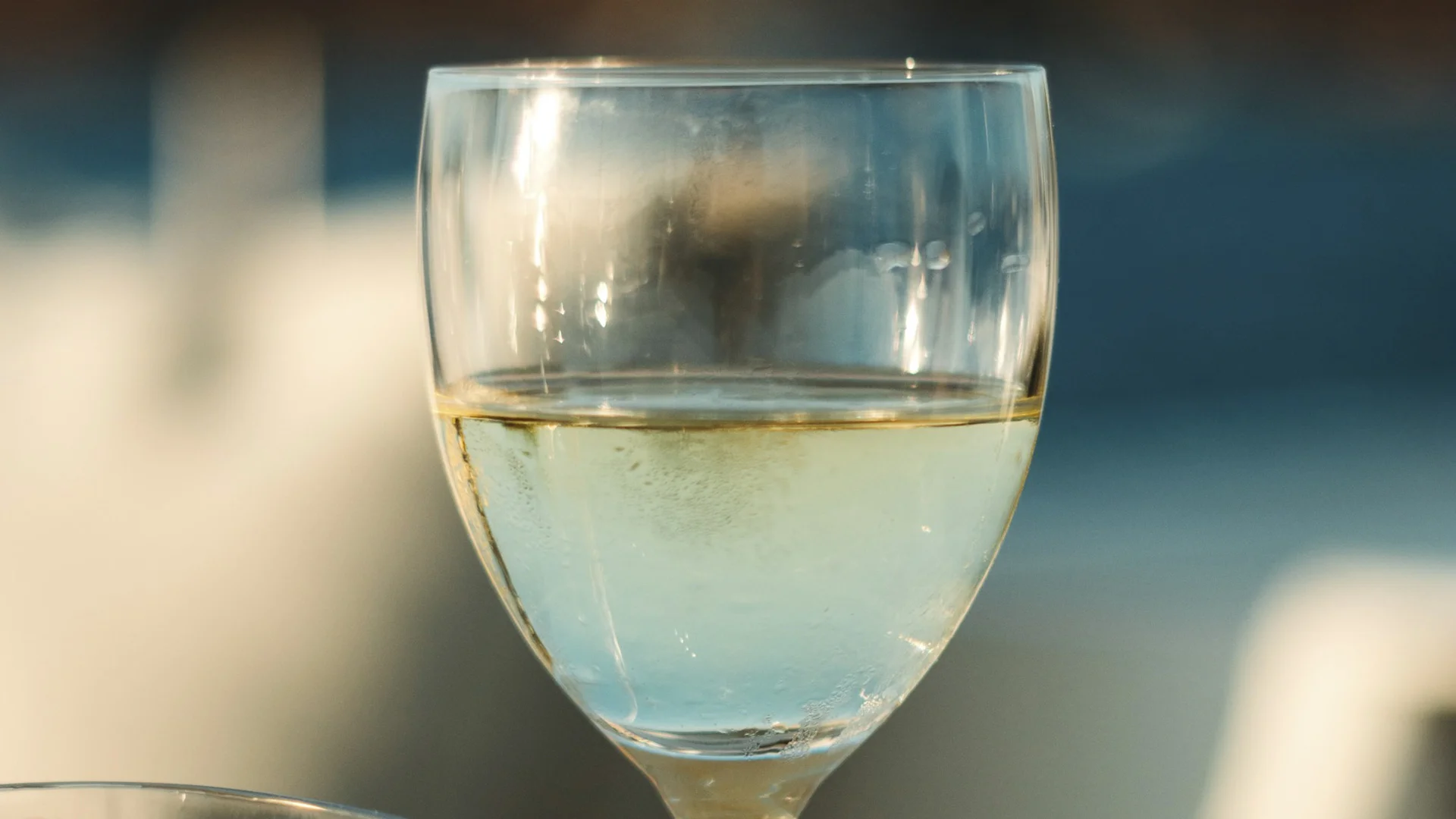

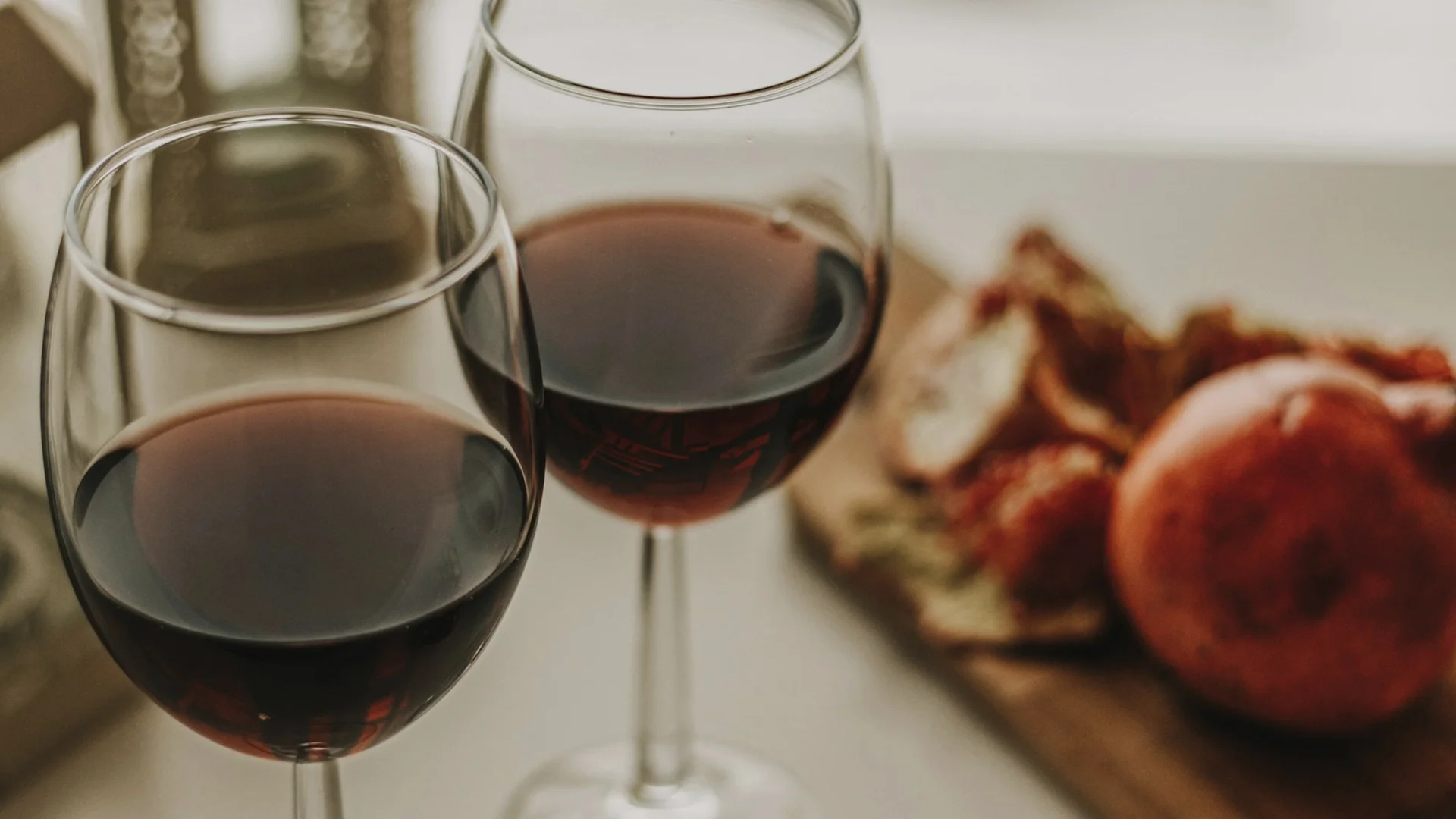


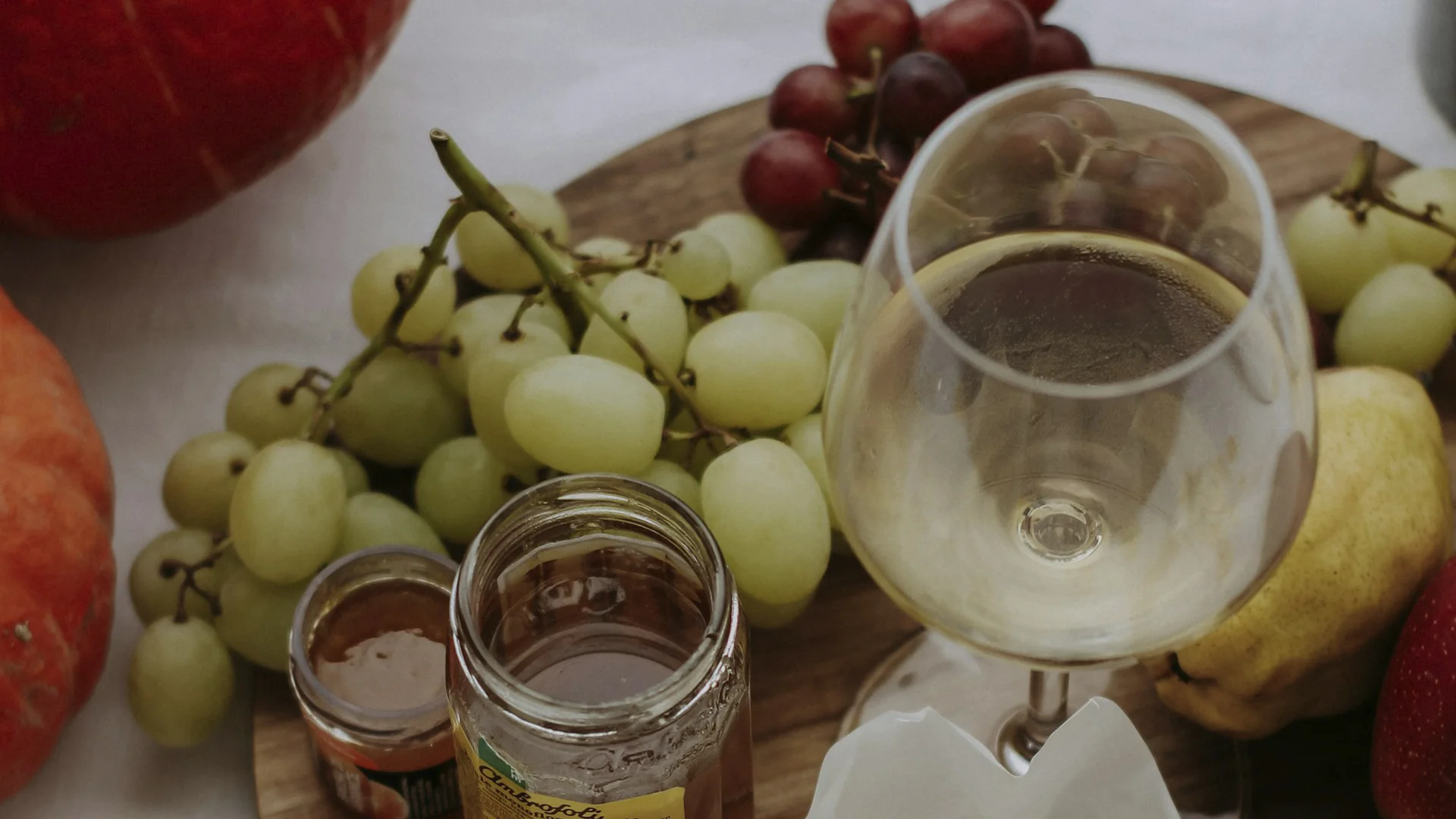
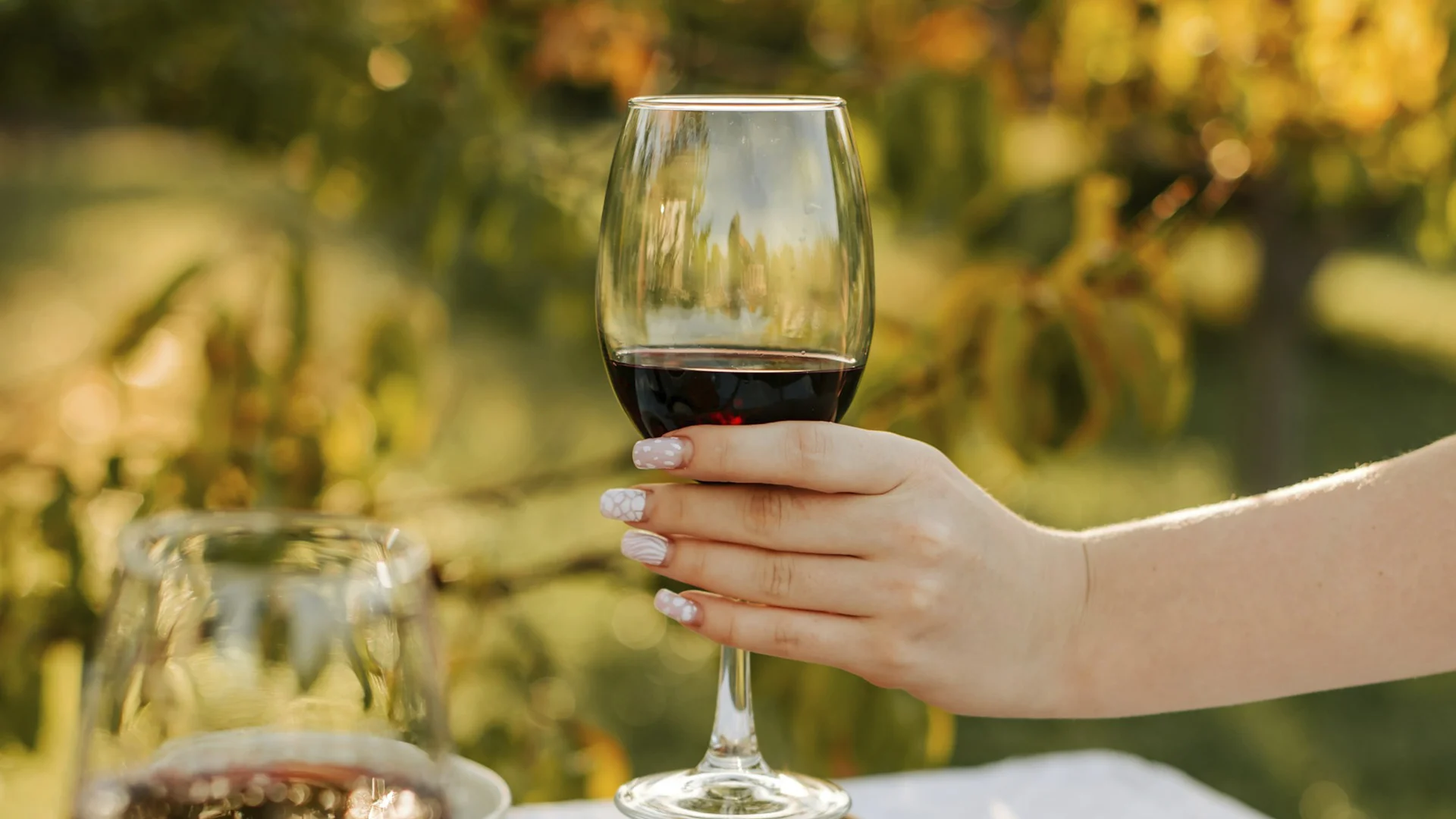


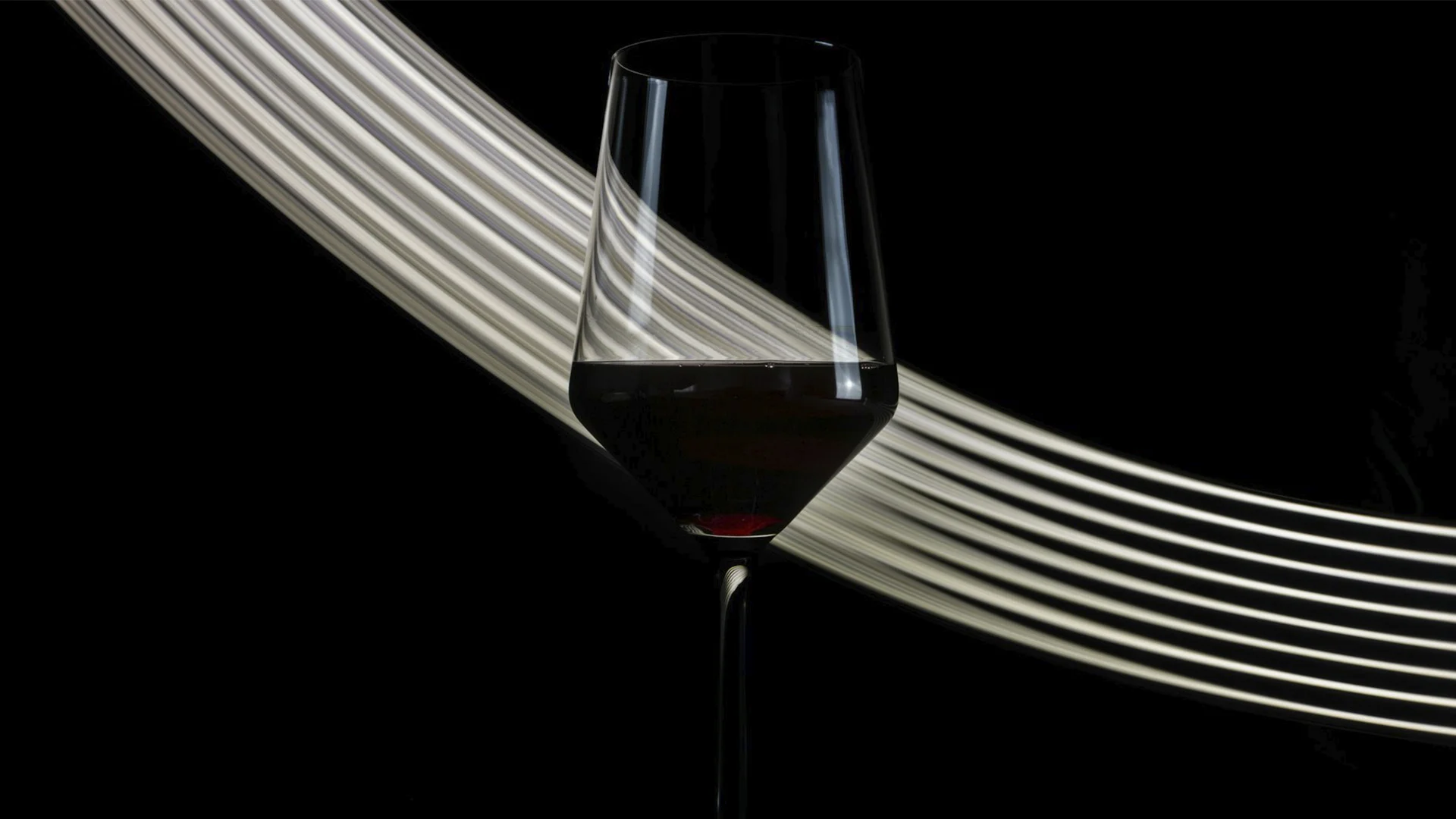



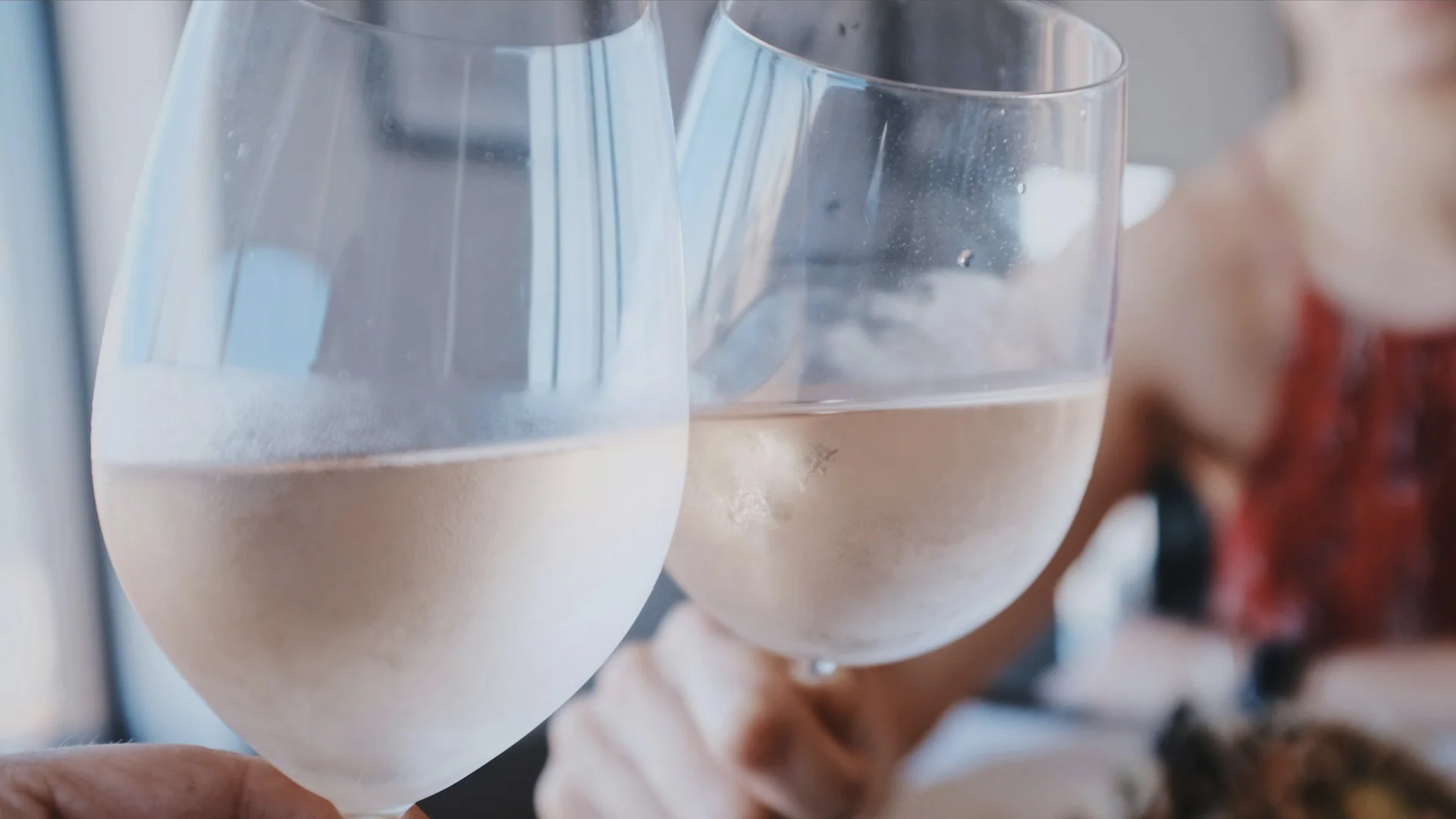
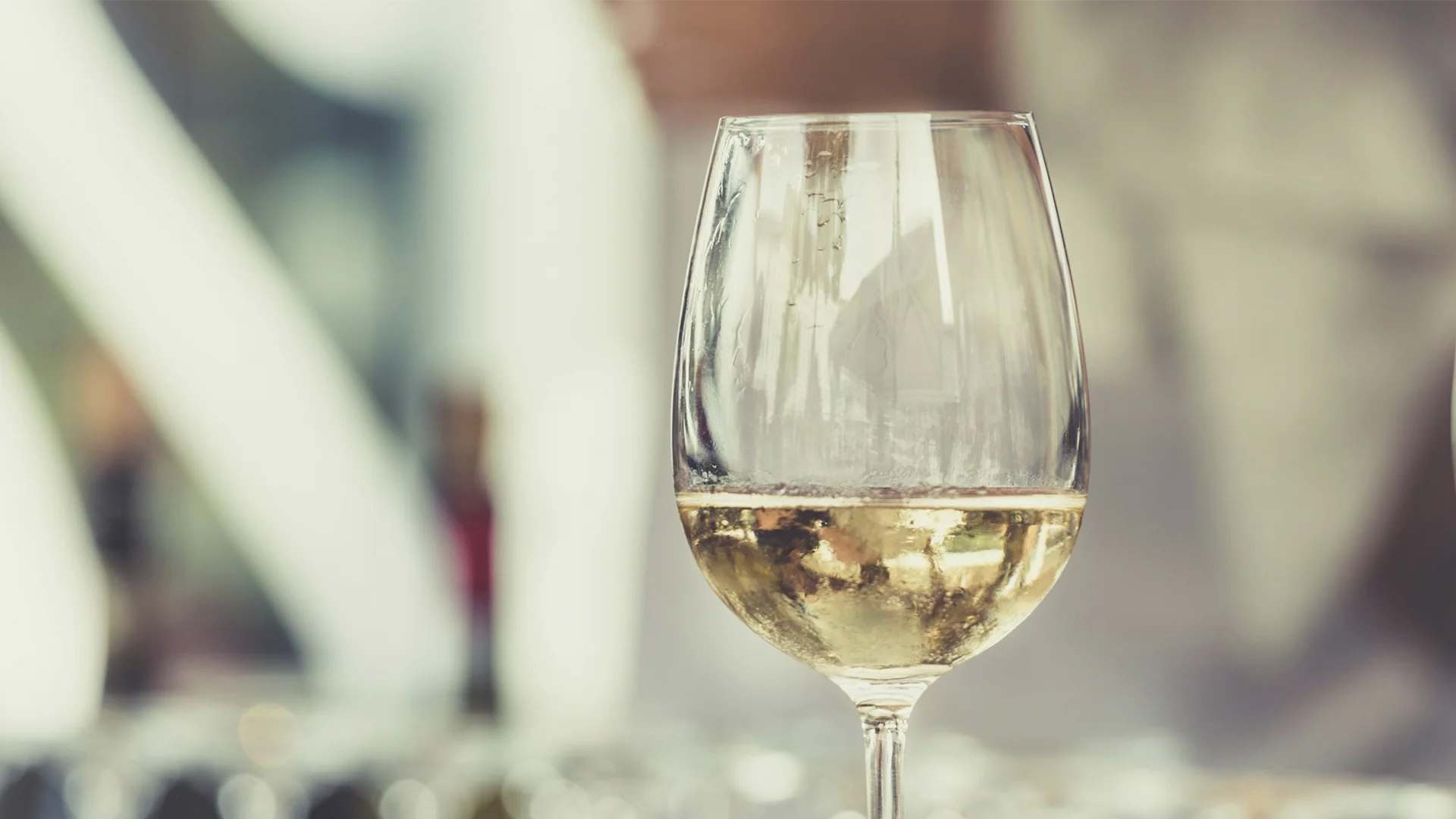
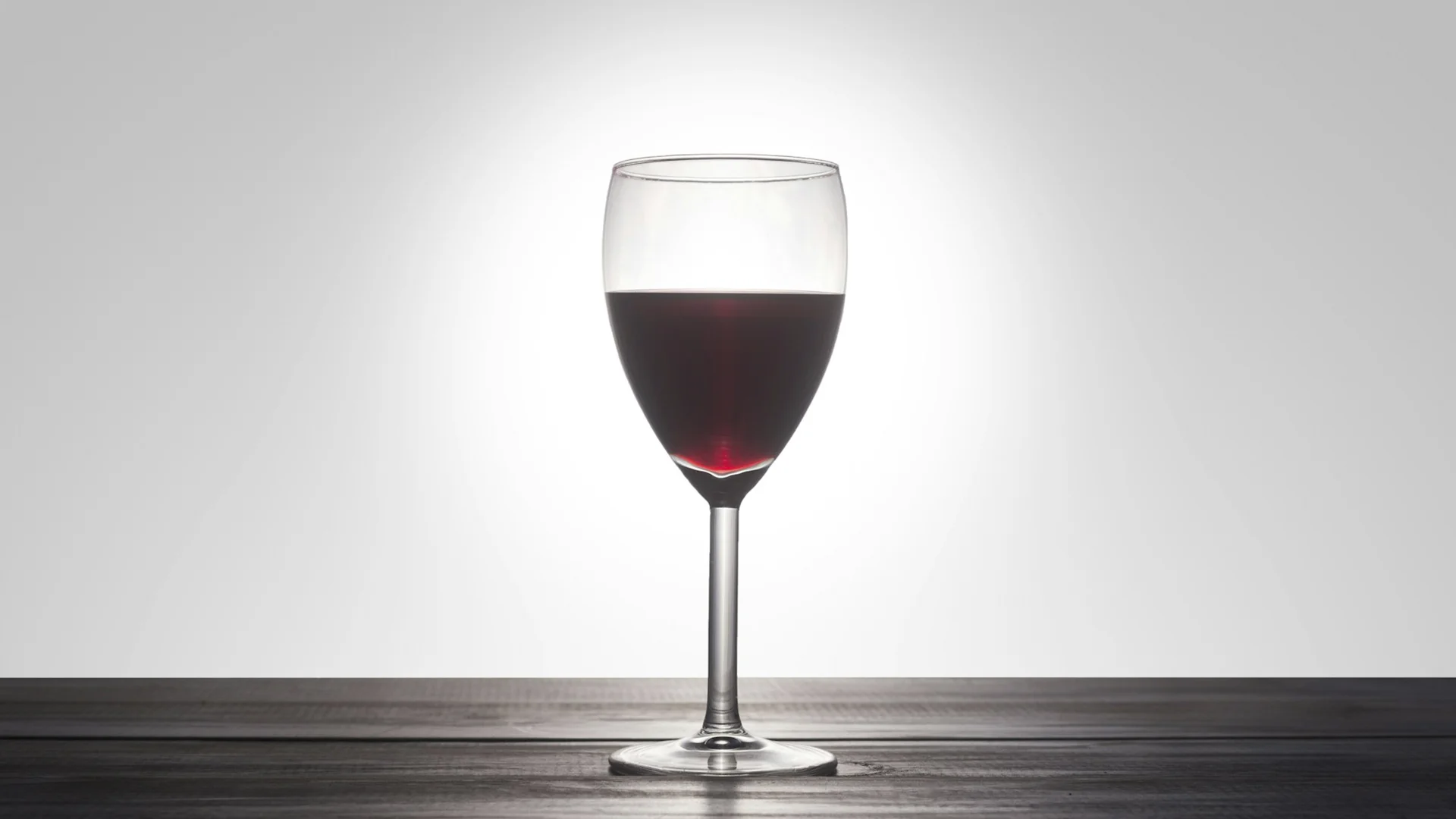

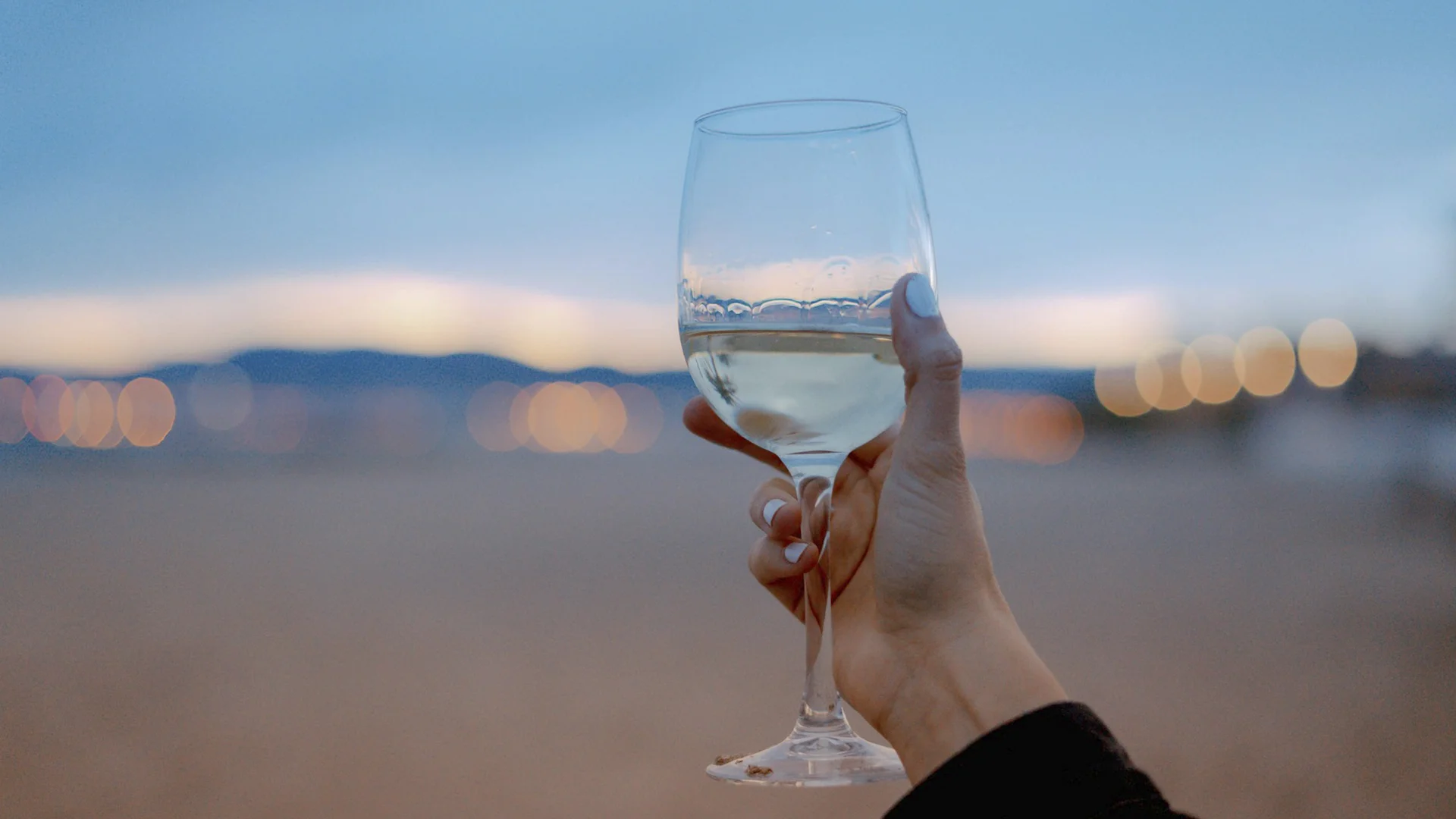
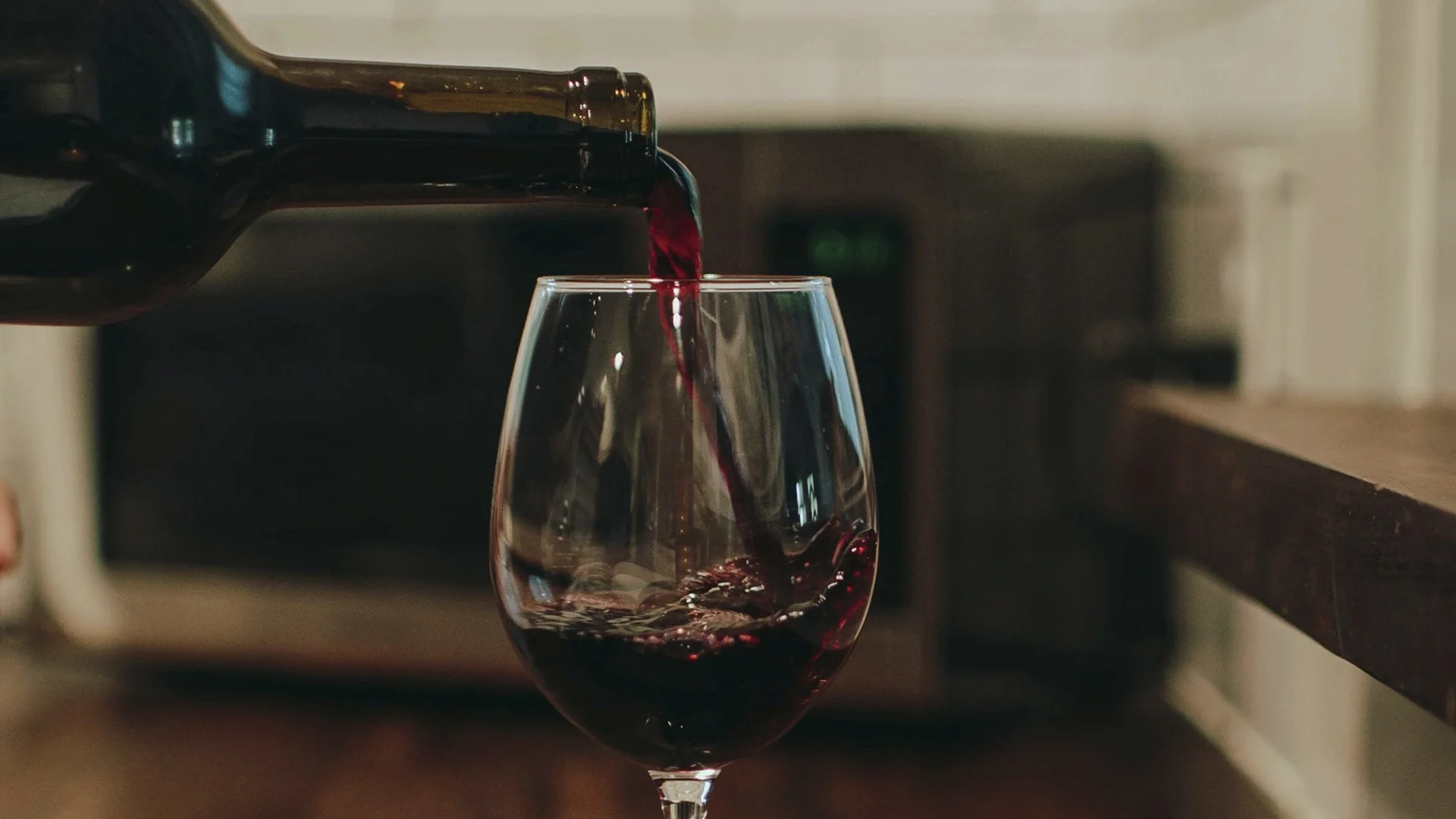


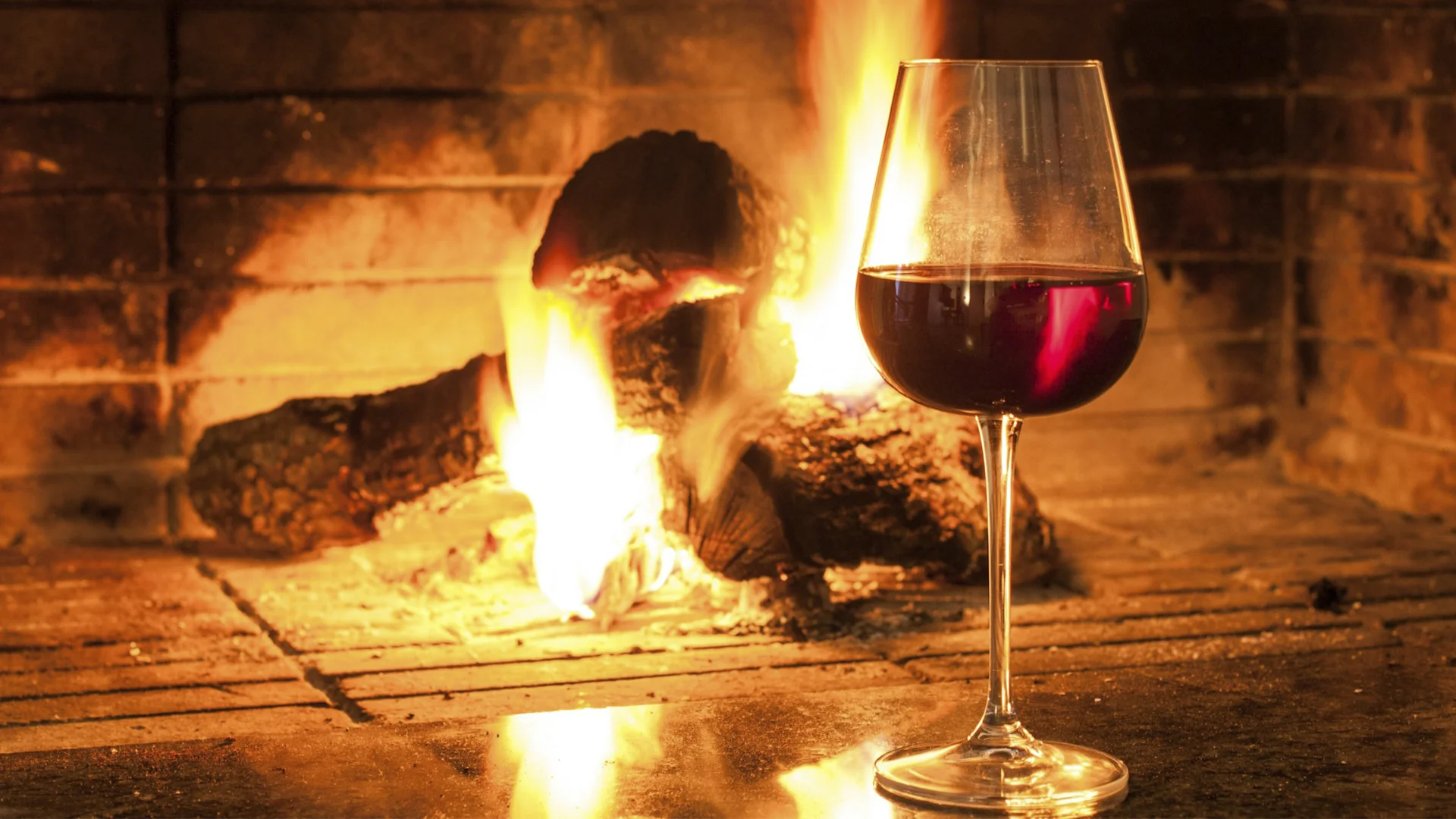
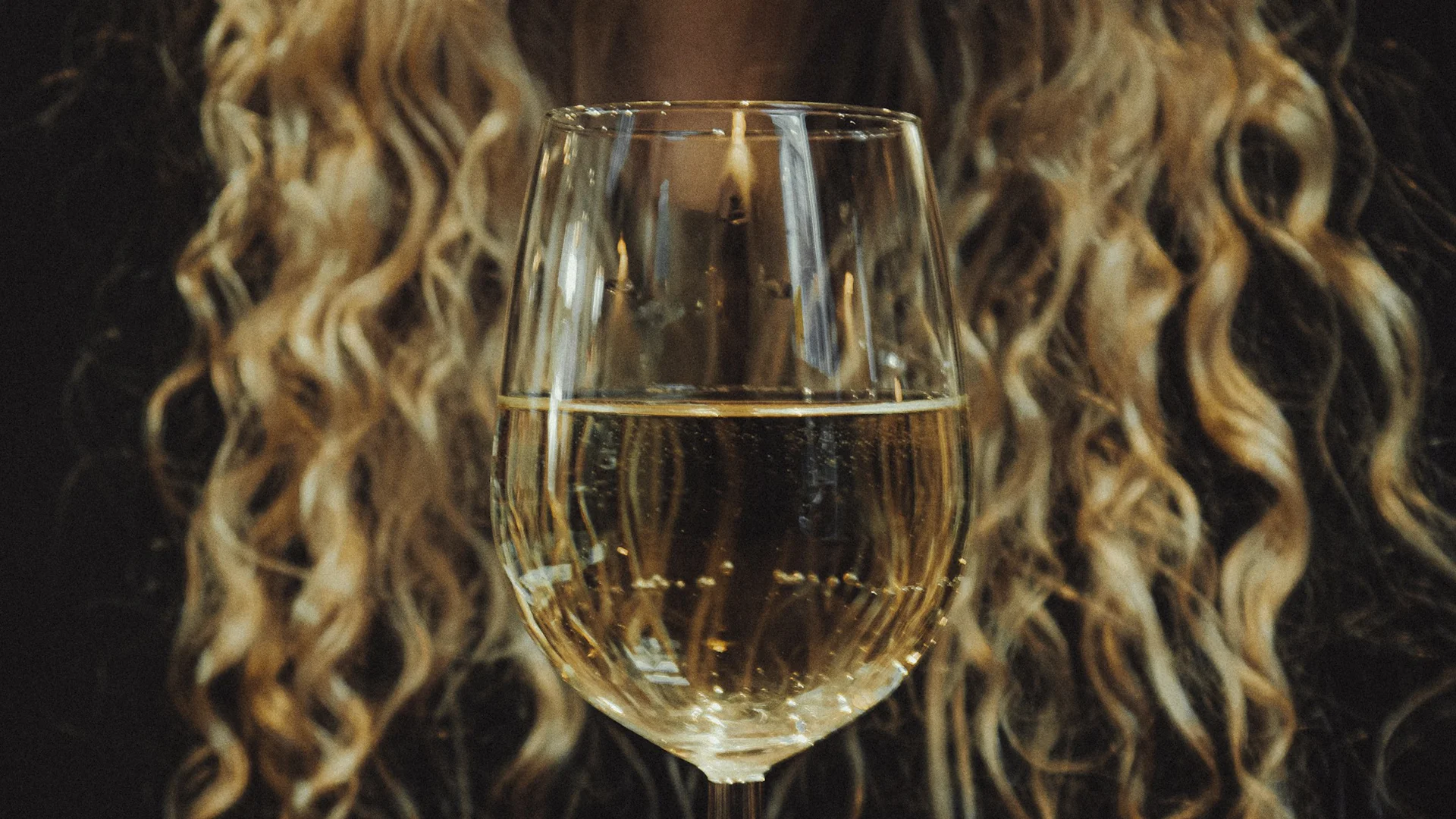

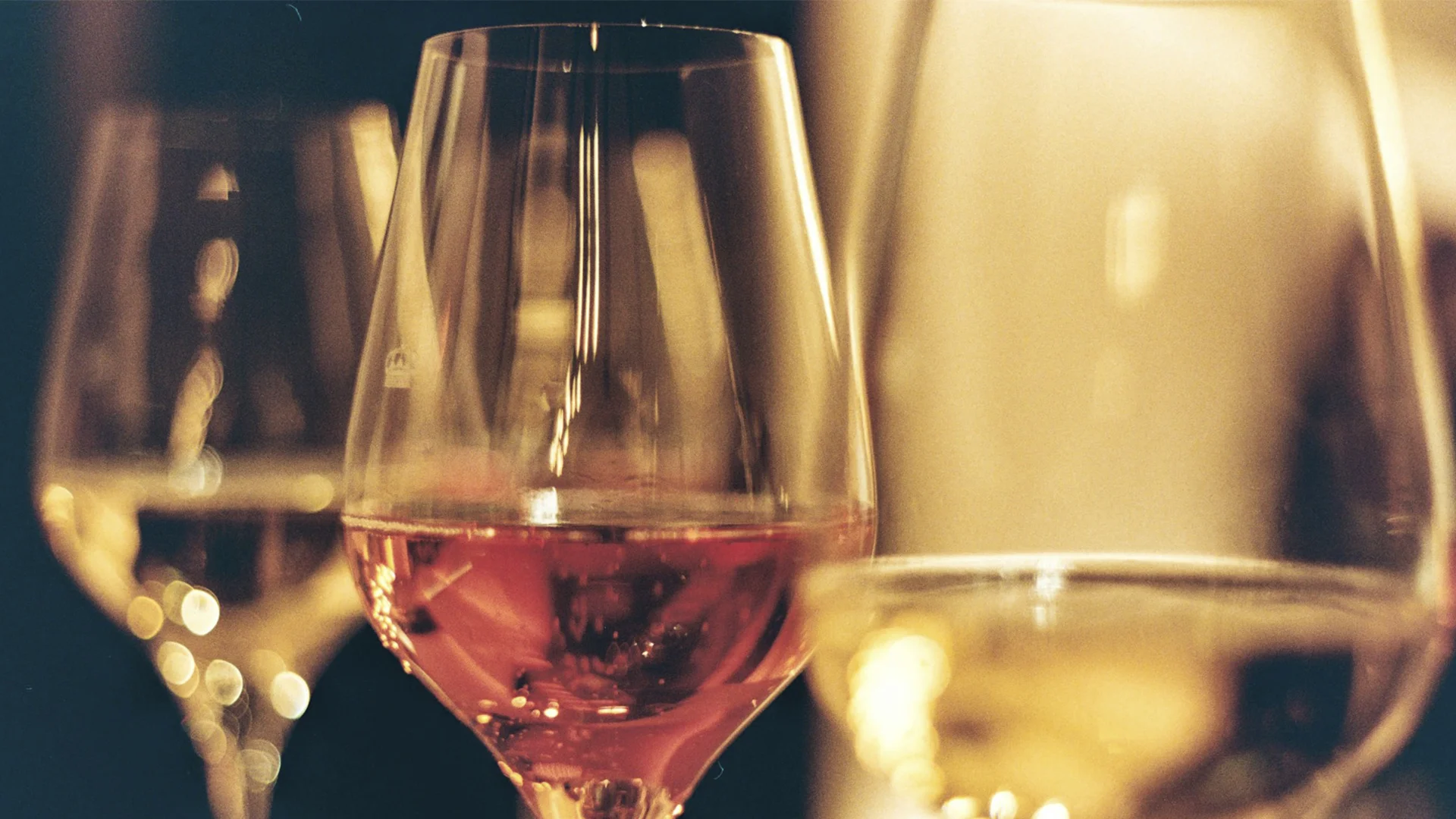
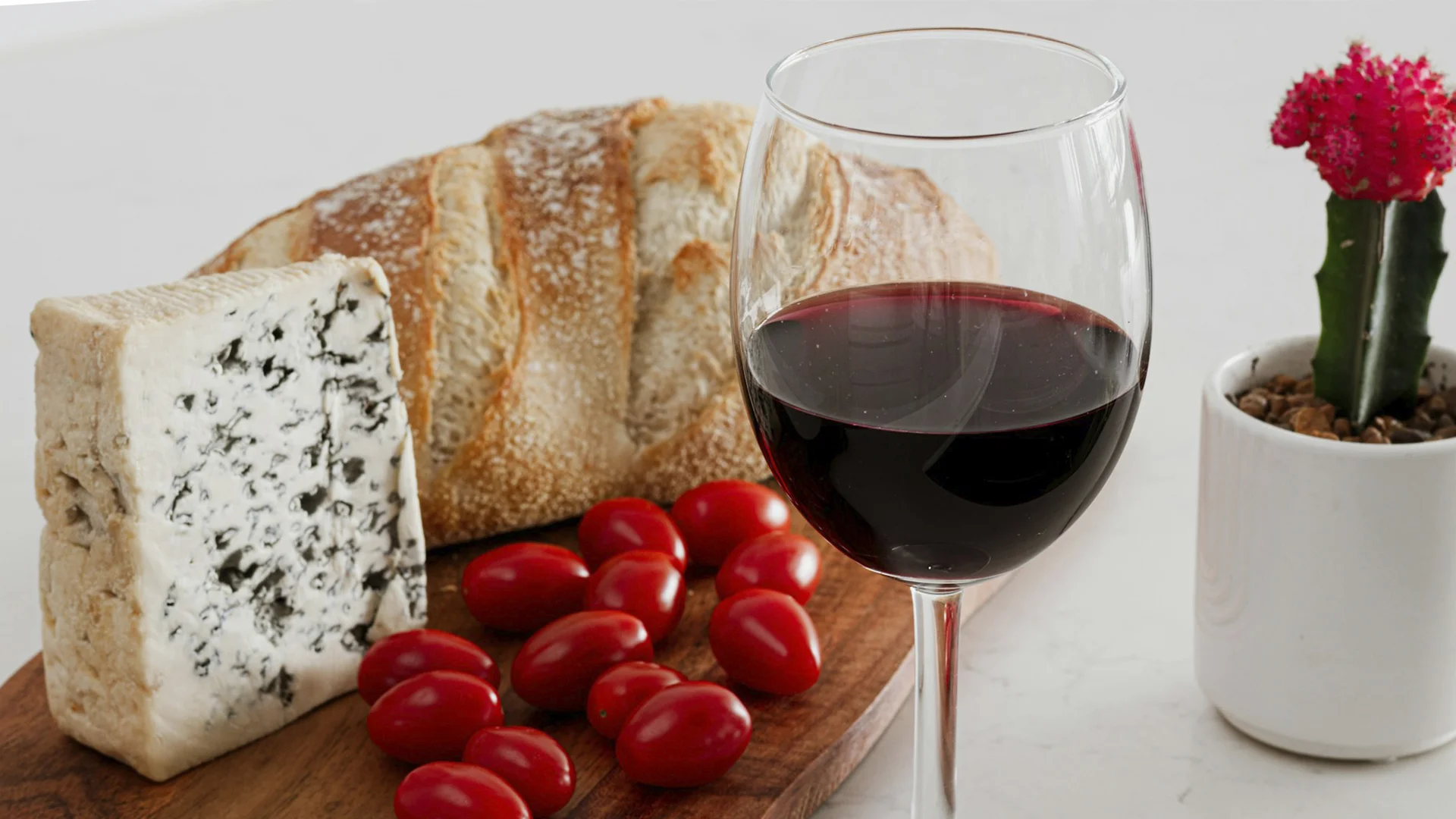
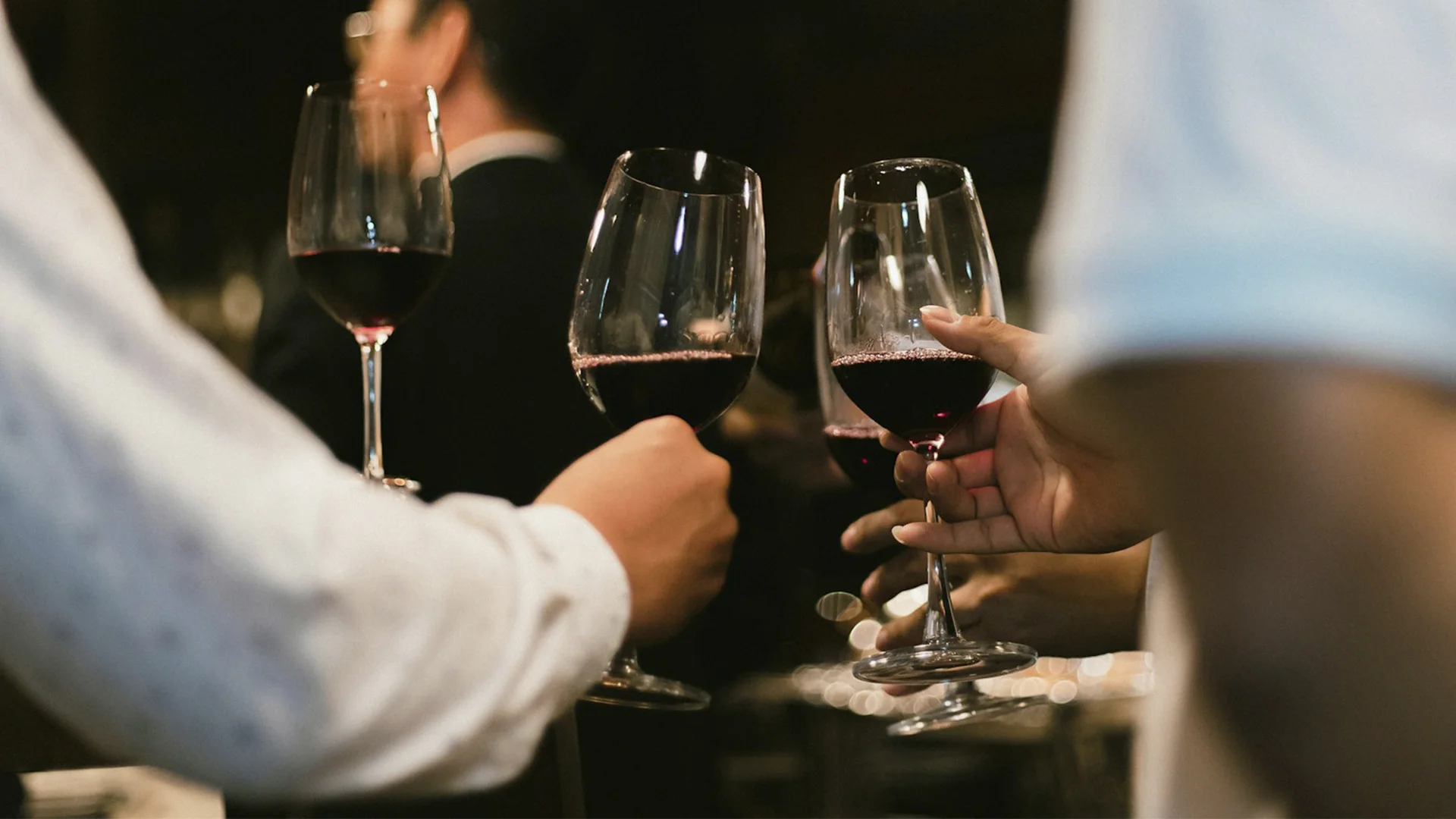
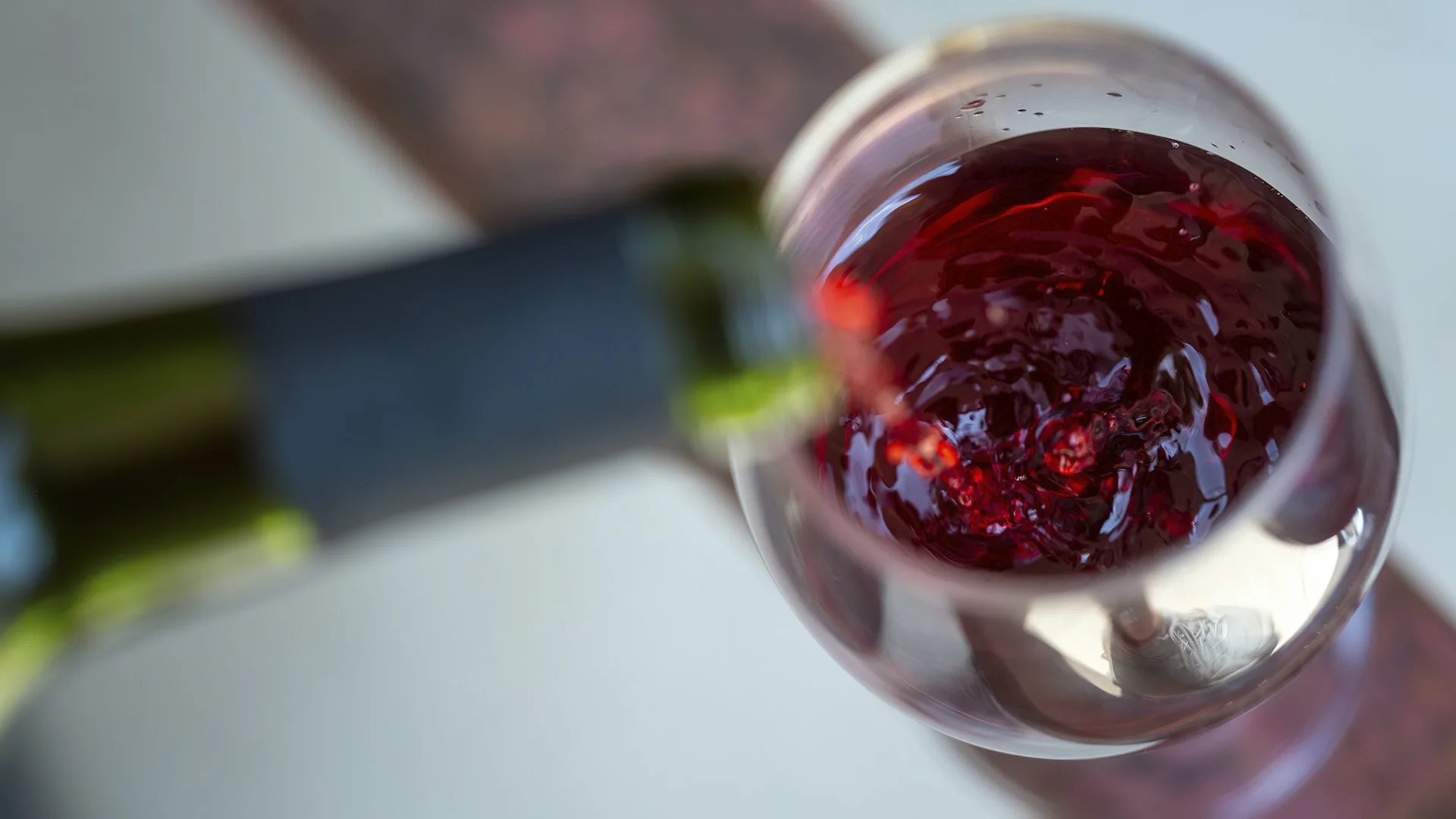
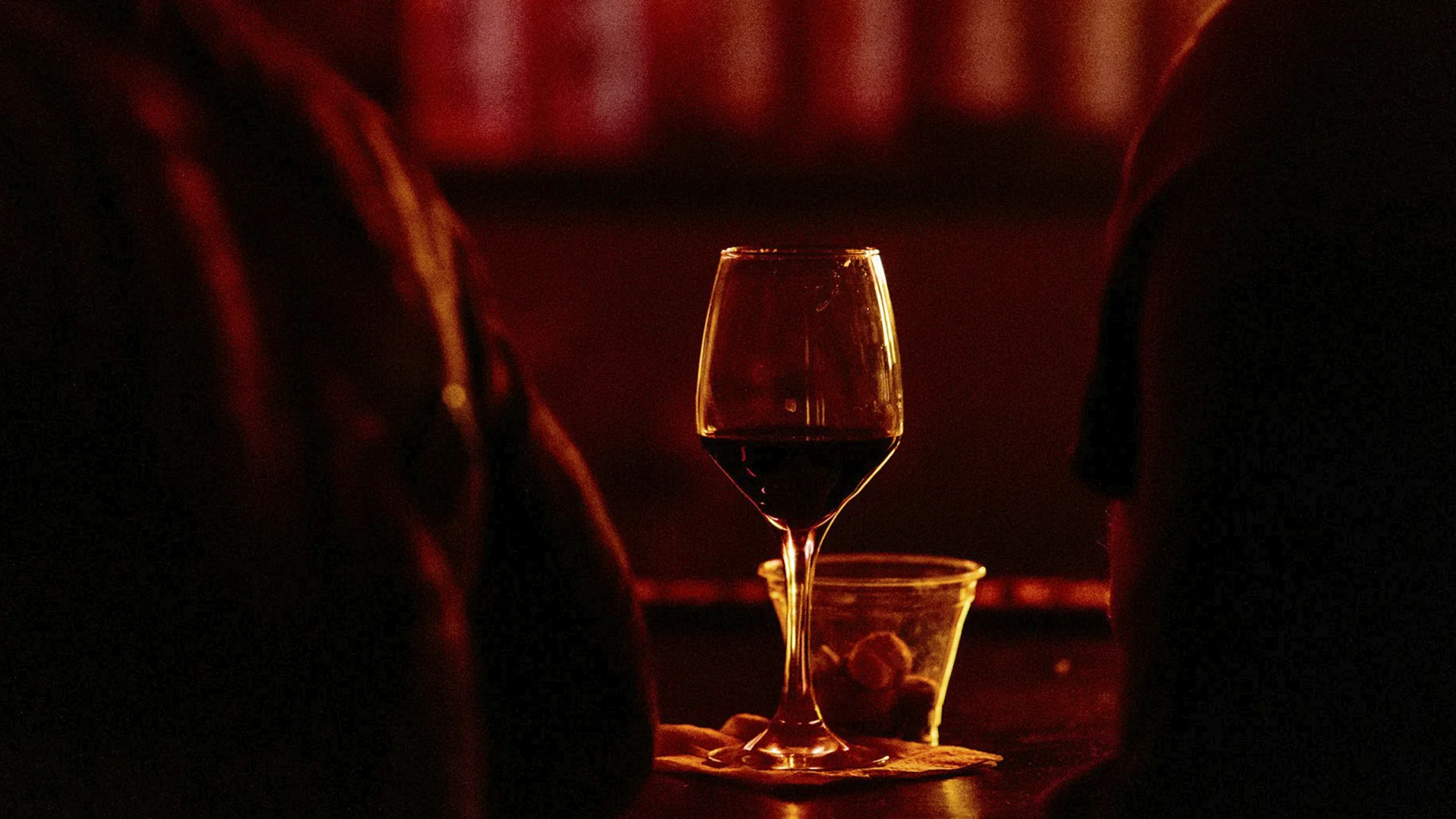

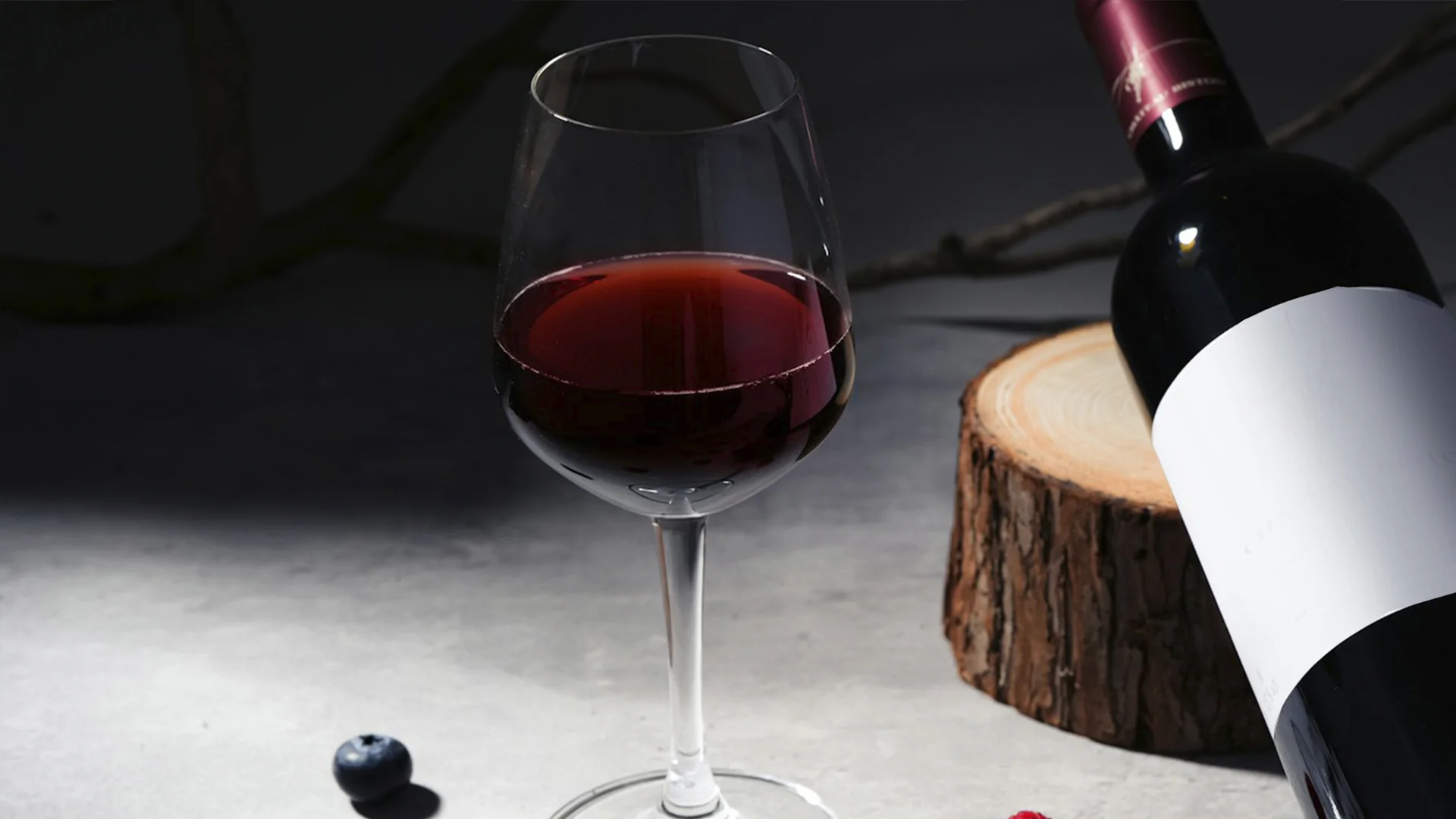
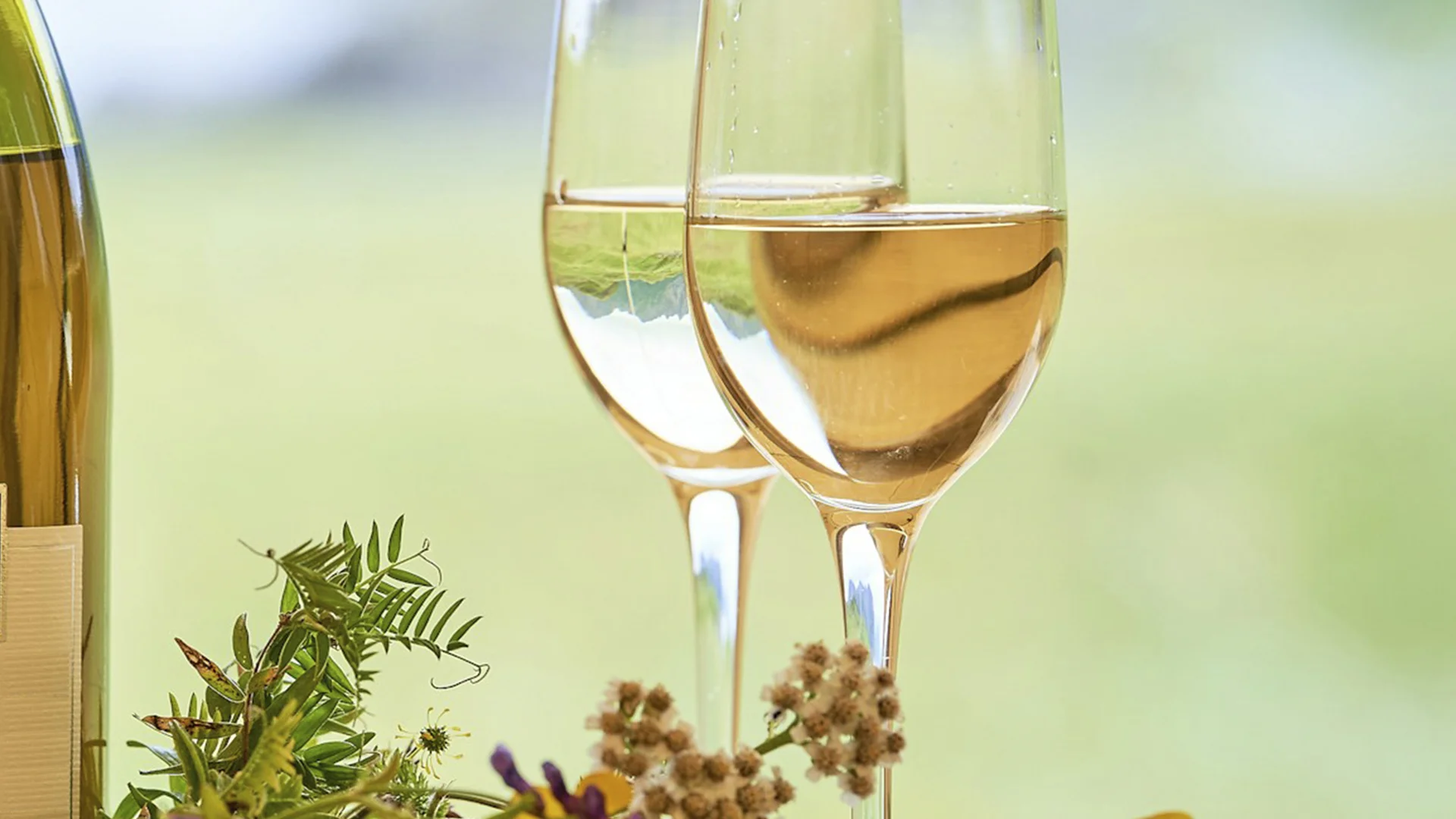
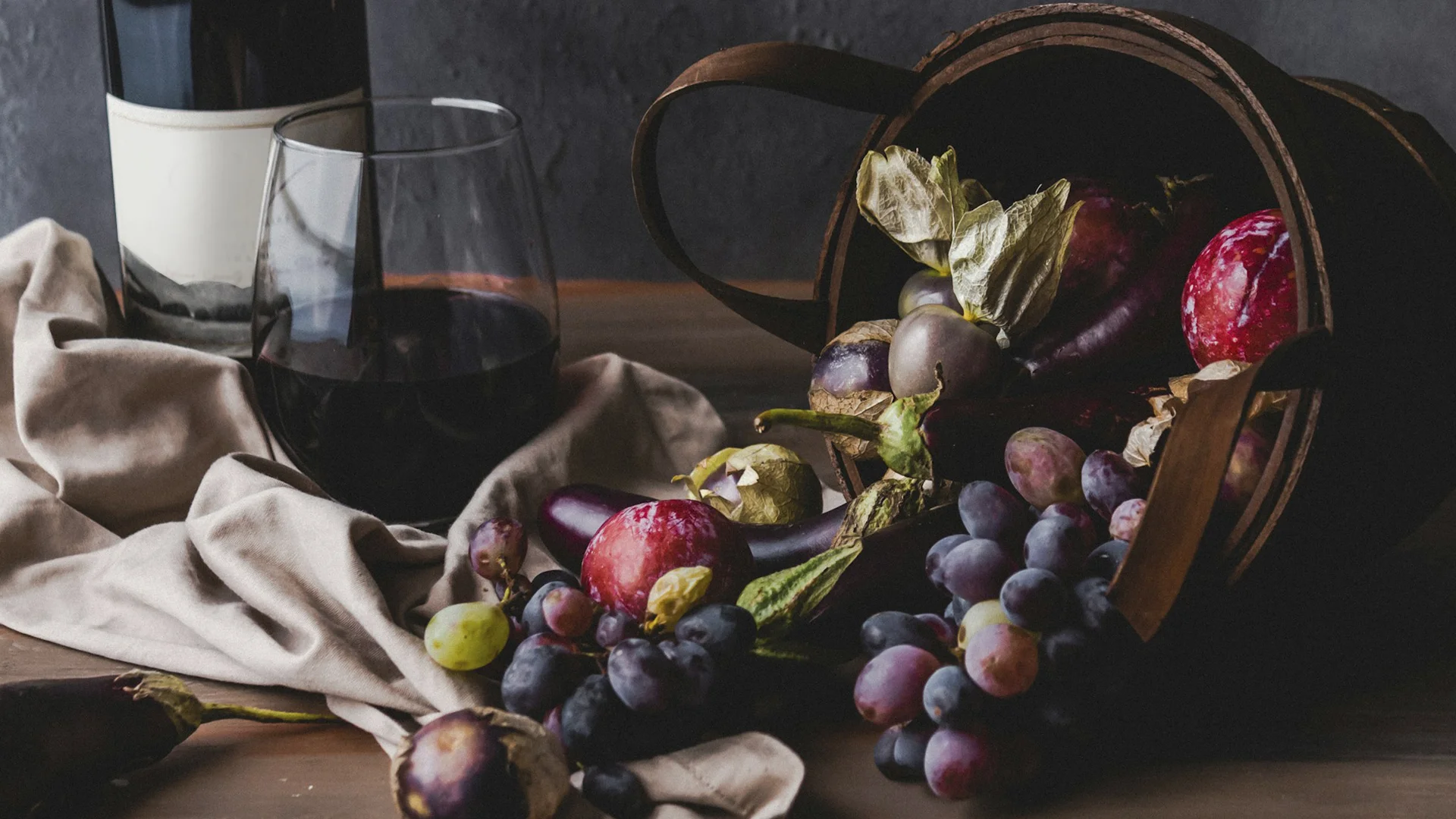
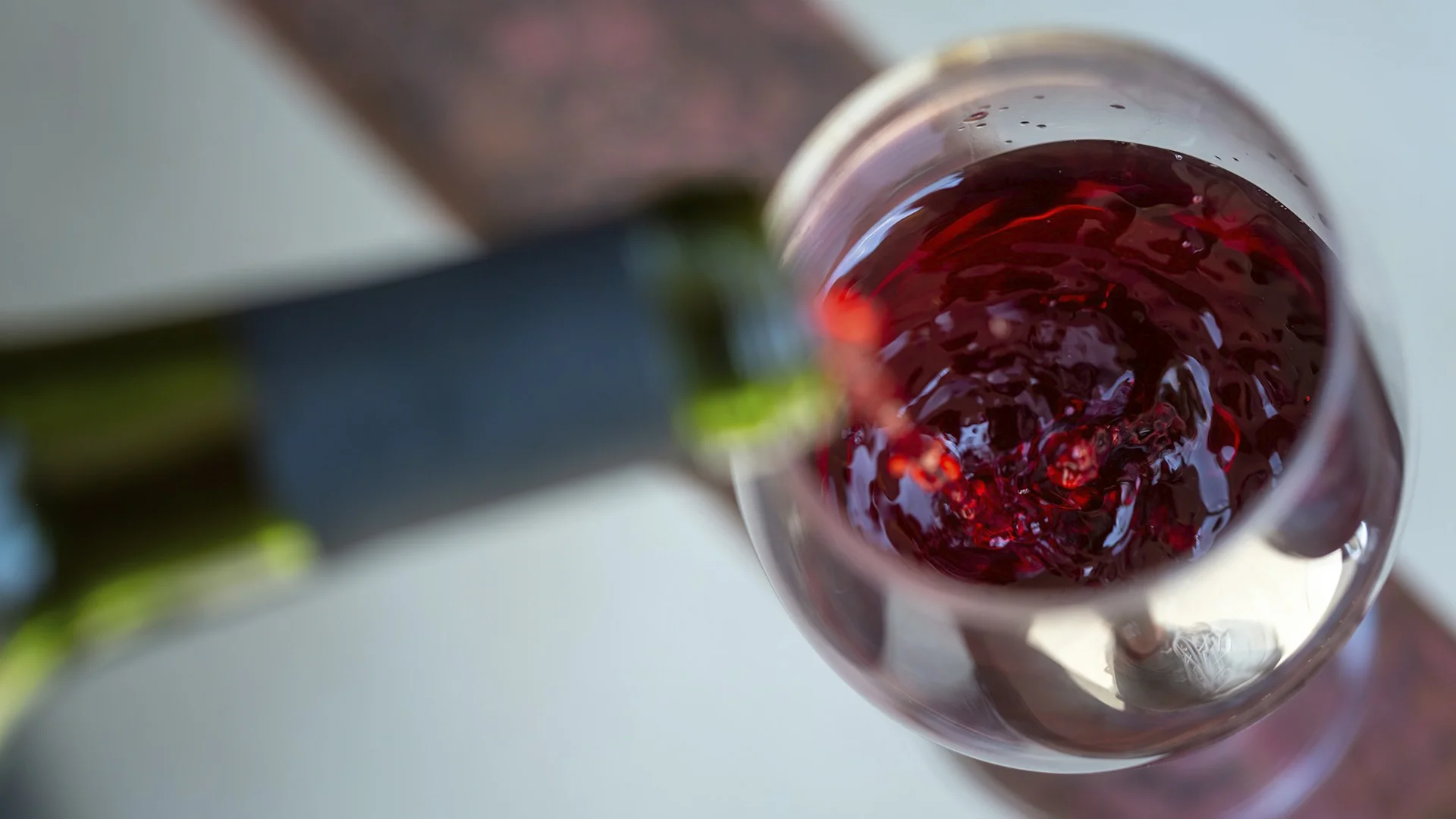
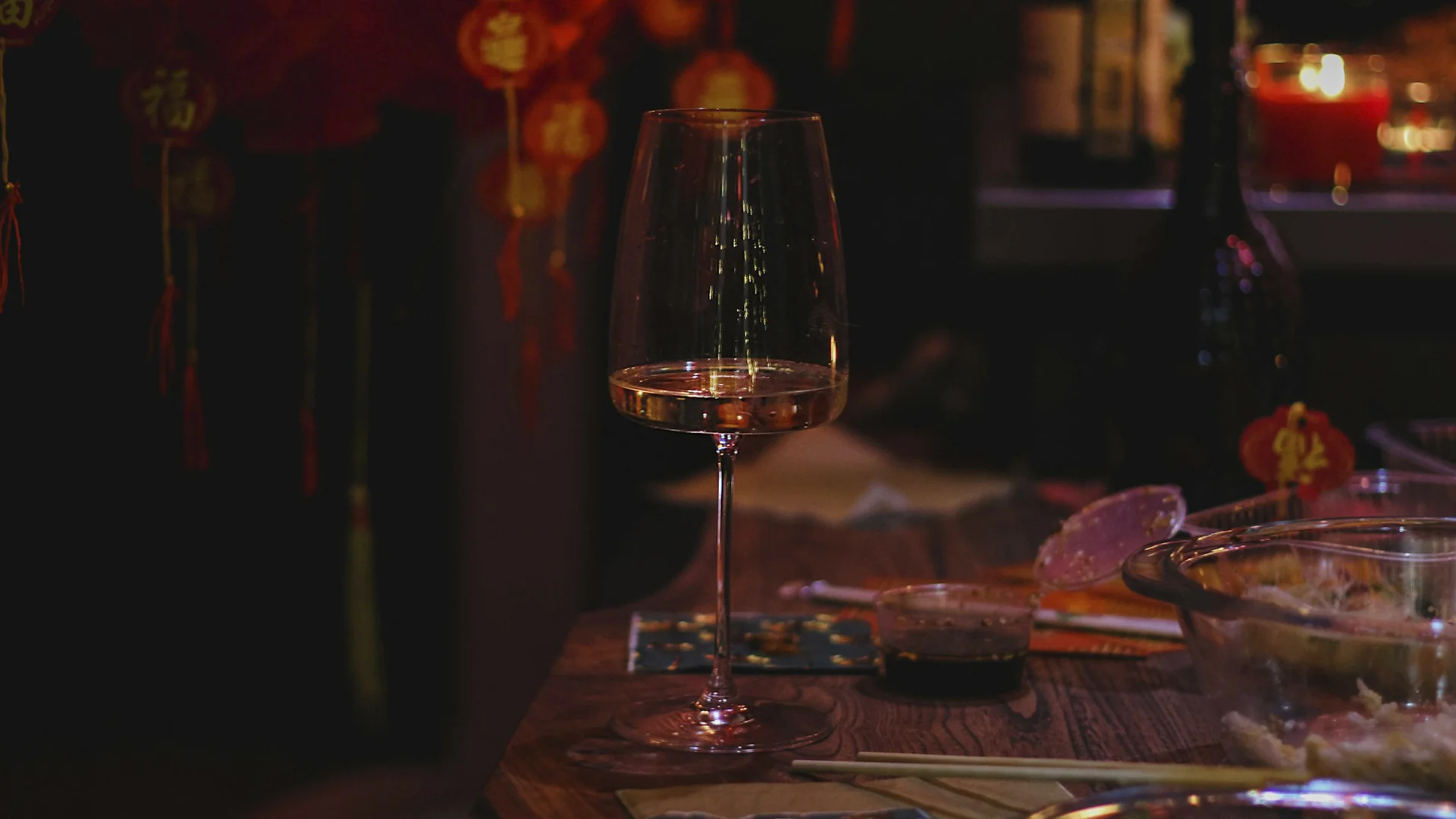






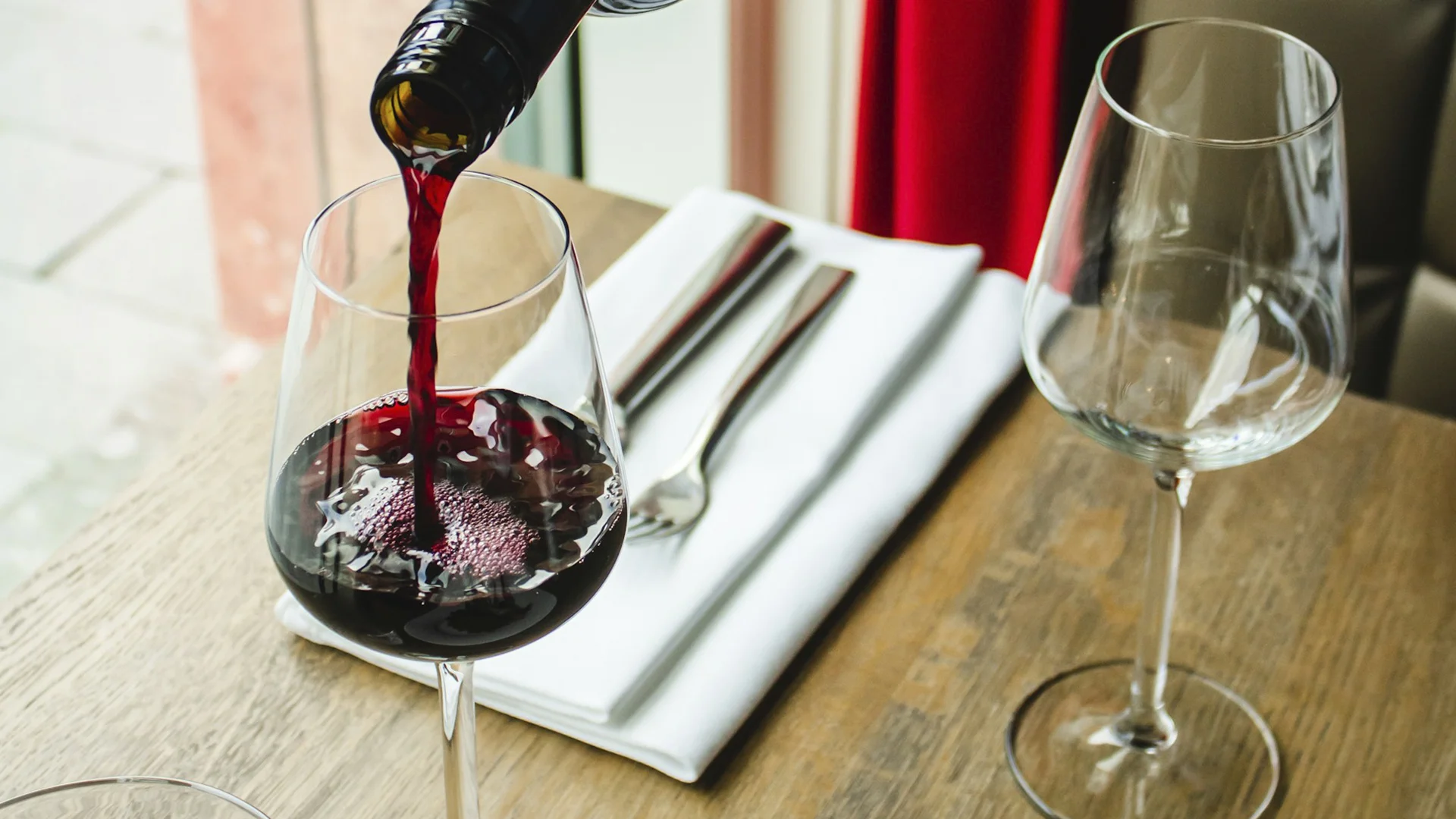












.webp)

.webp)
.webp)
.webp)



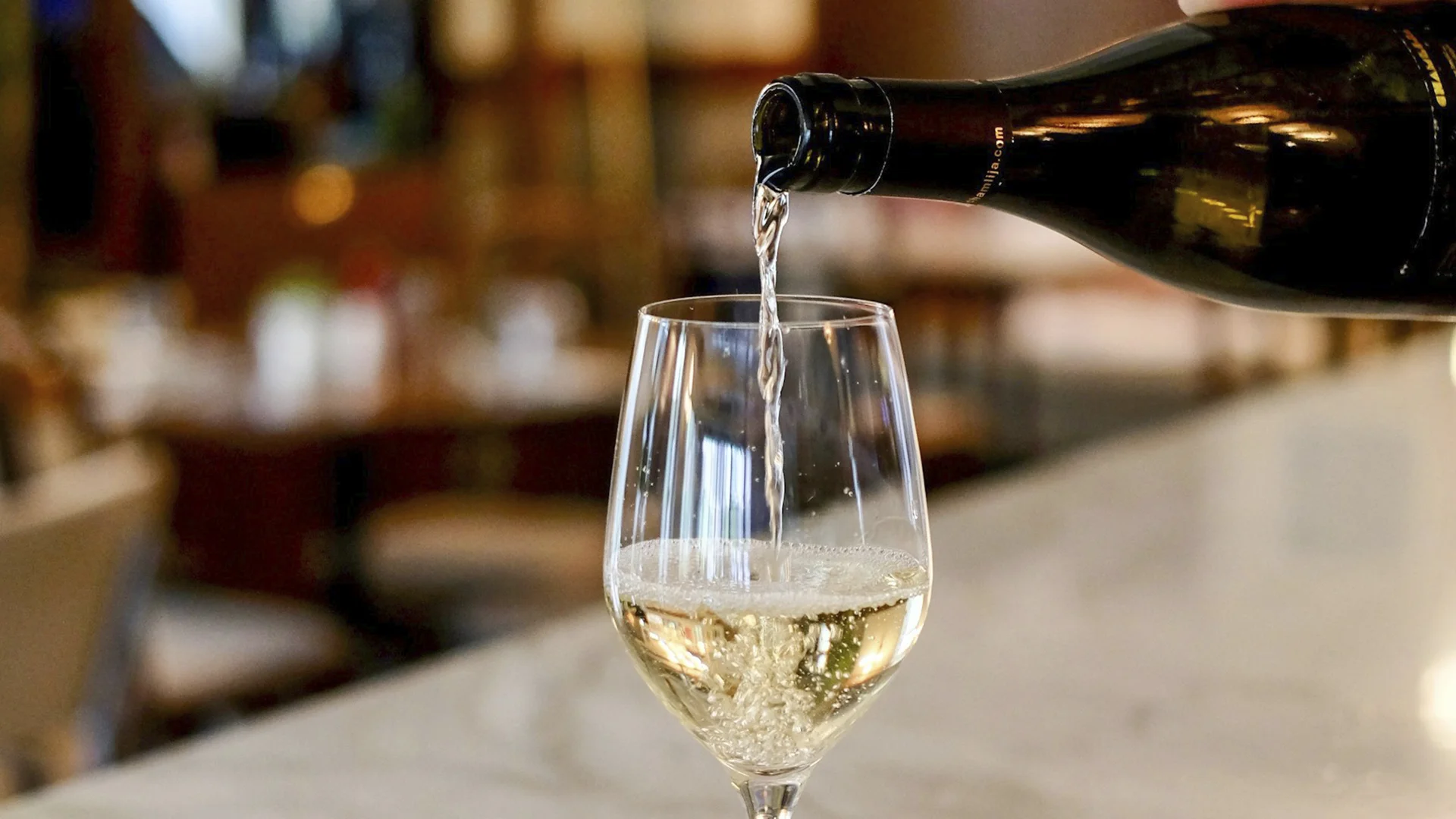


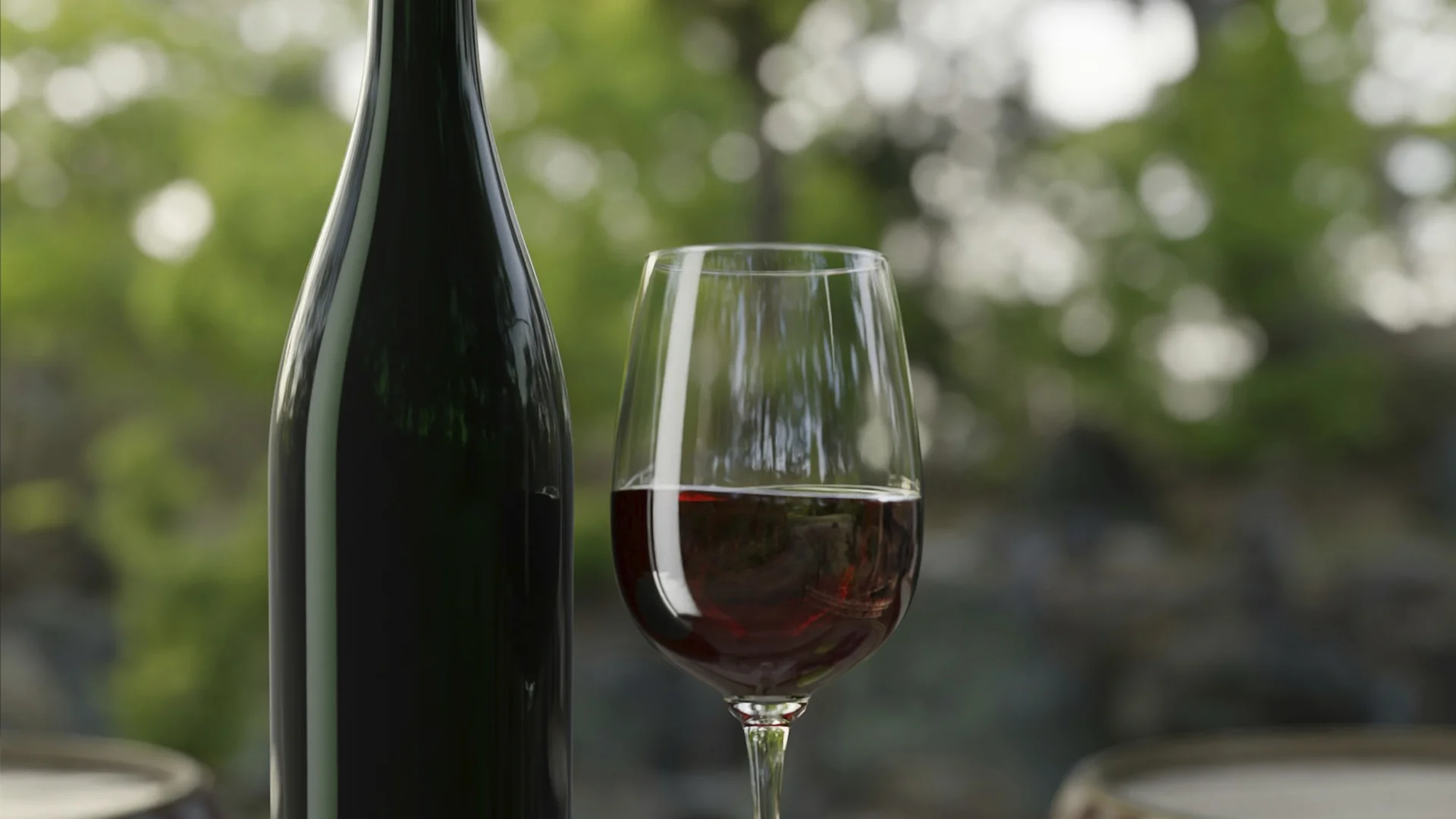



















.webp)













Are you interested in
collaborating with us?